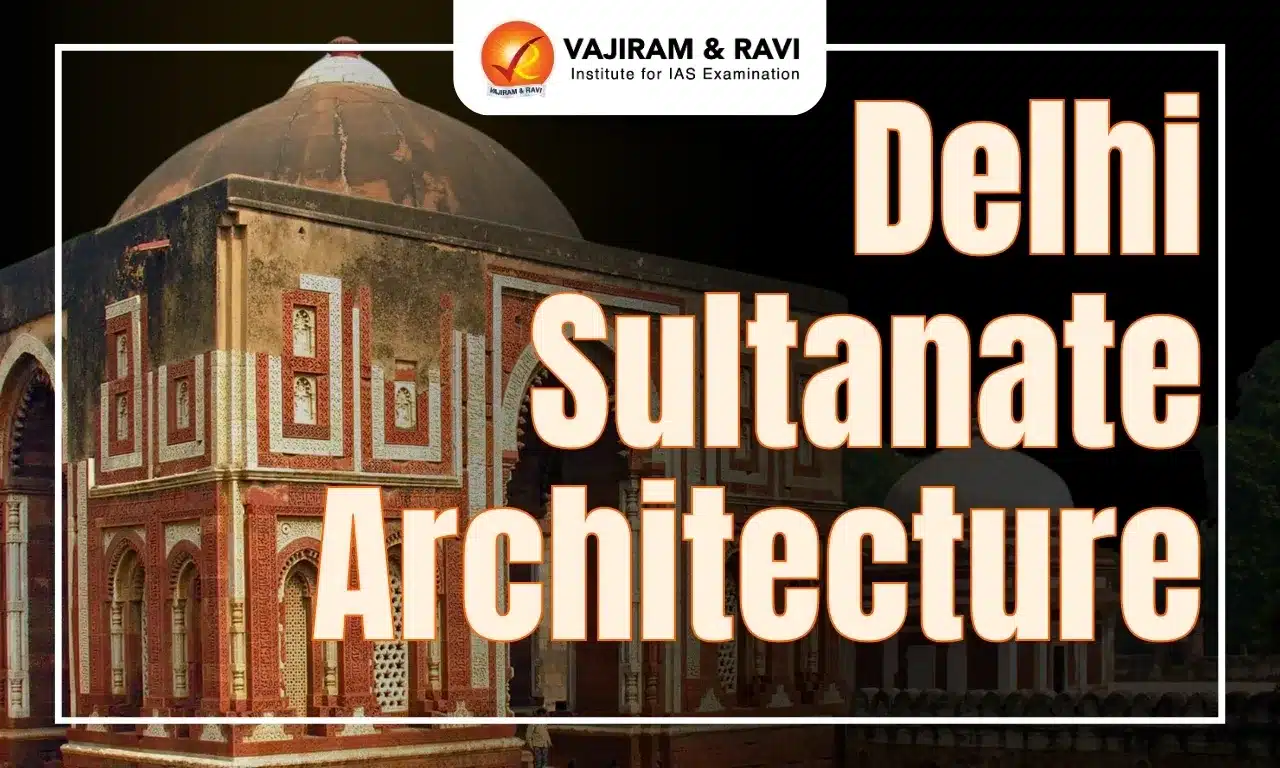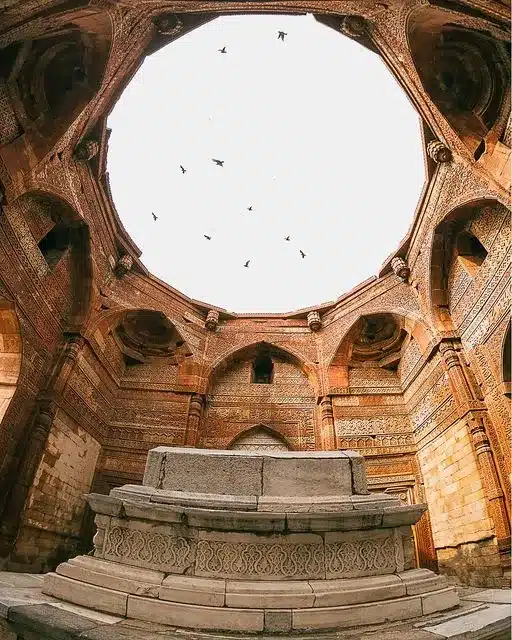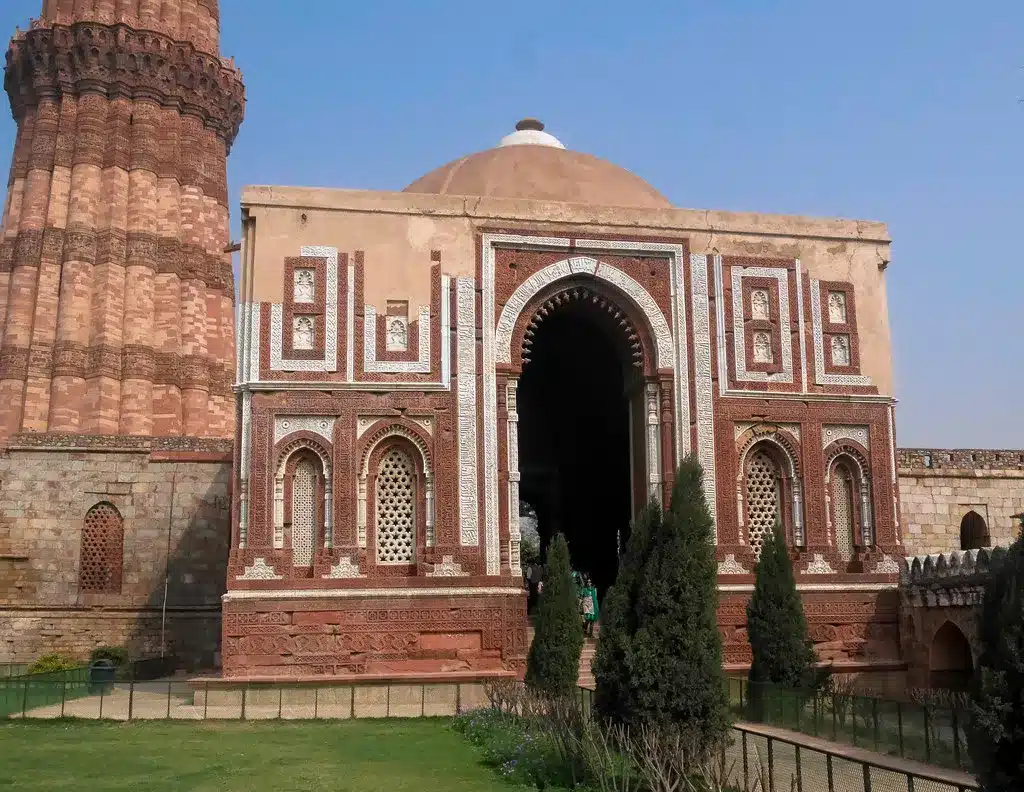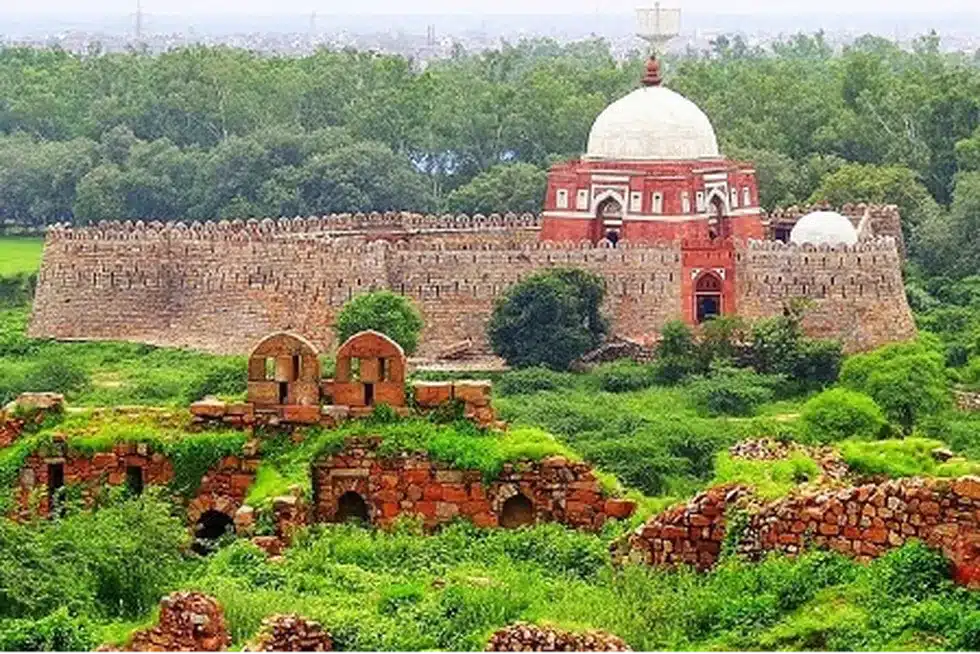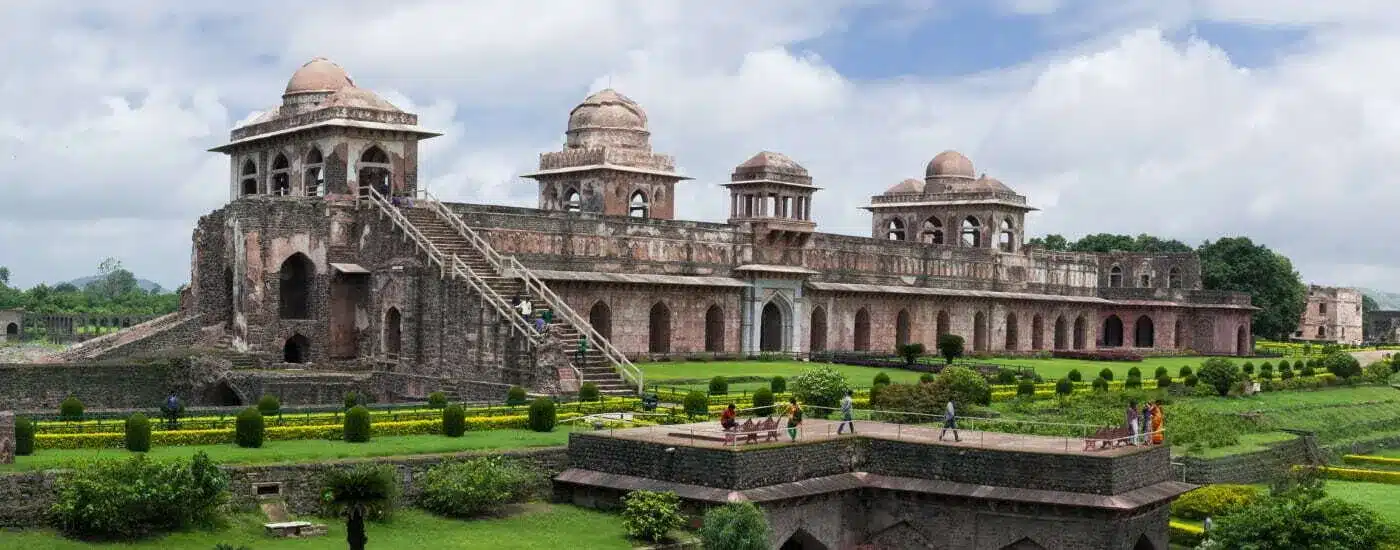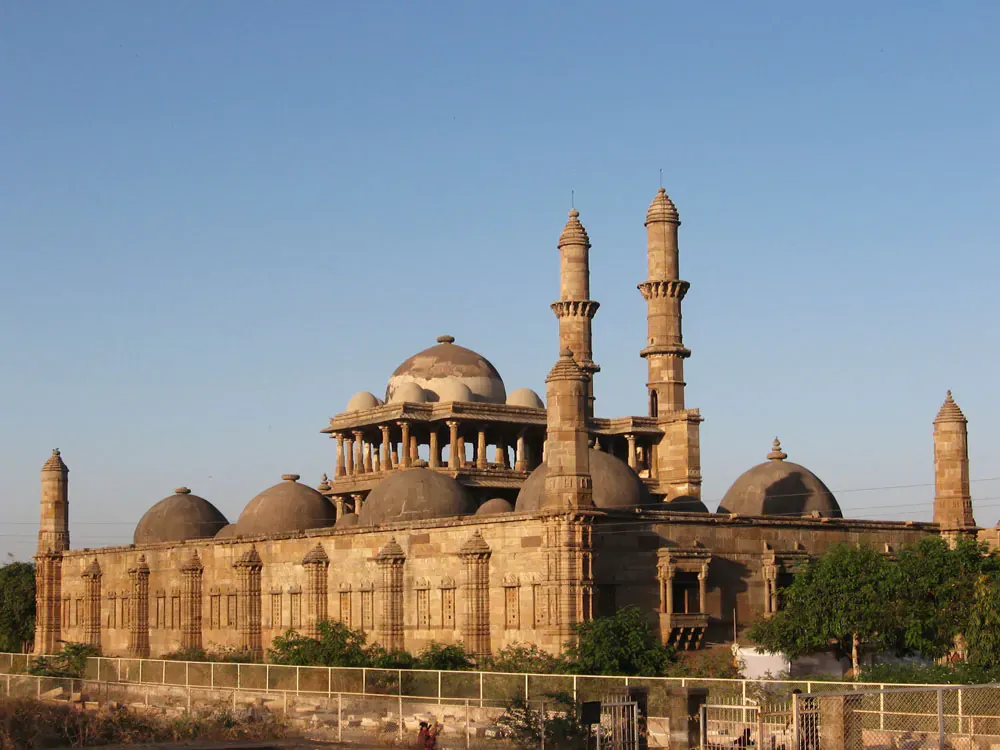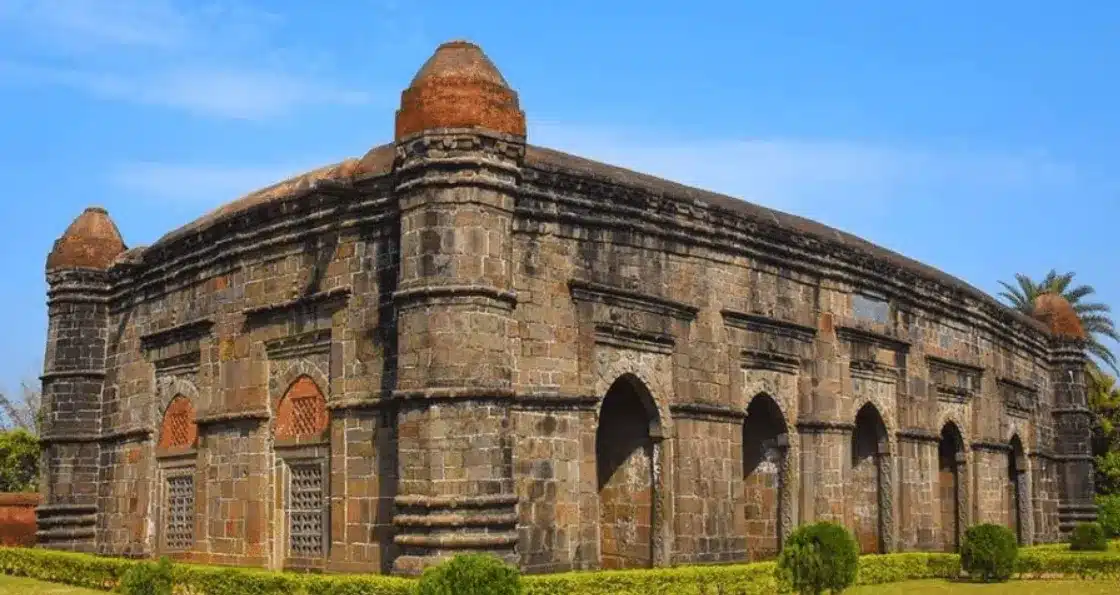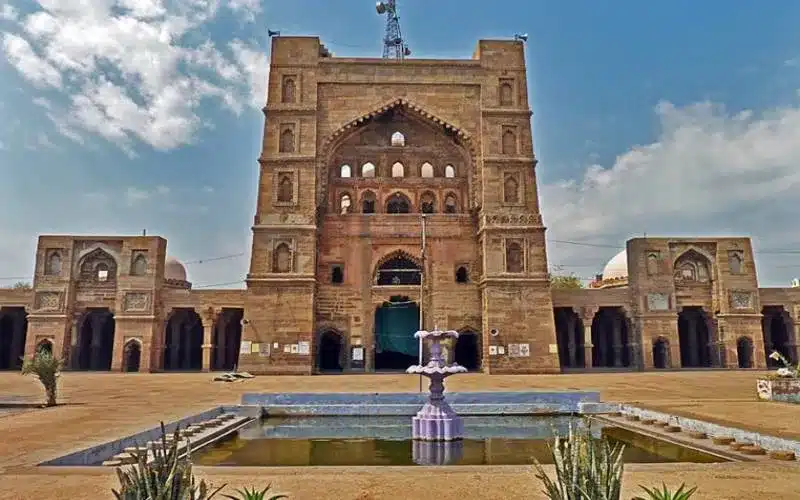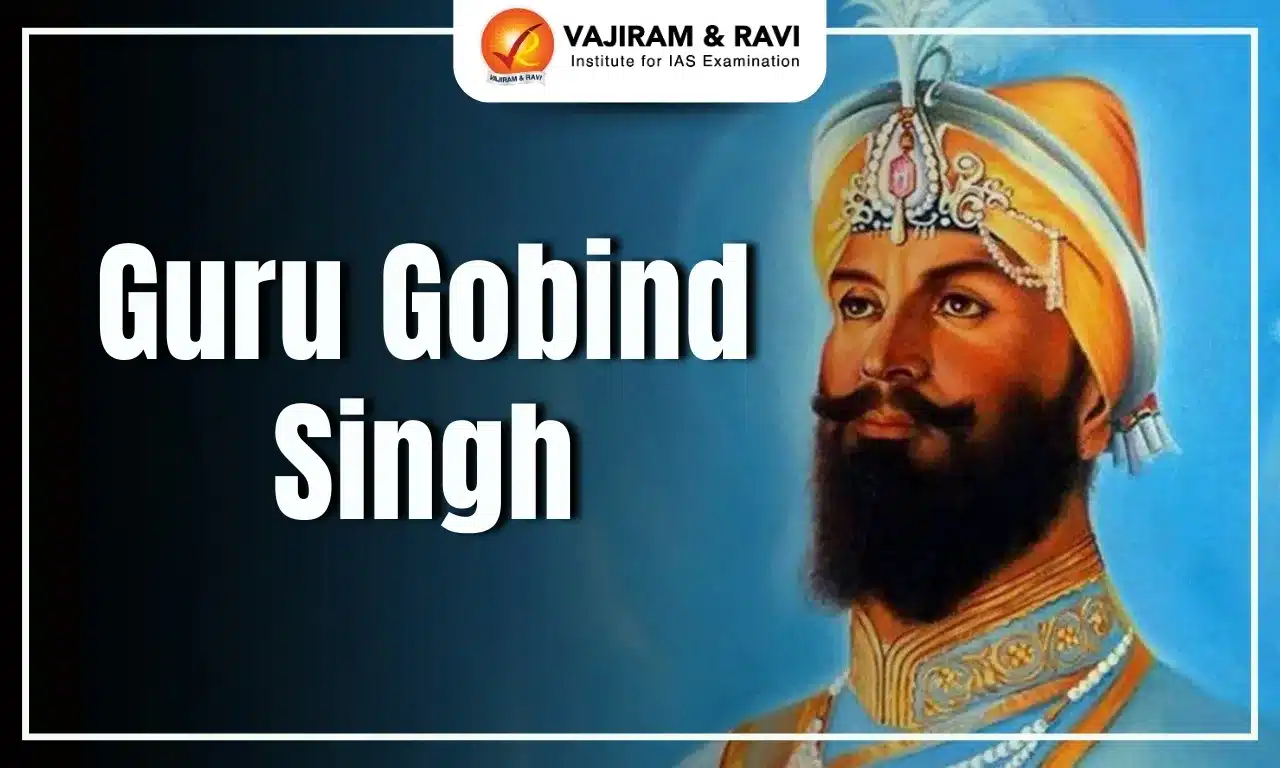Delhi Sultanate (1206–1526 AD) marked the evolution of Indo-Islamic architecture, blending Islamic and local Indian styles. The Imperial Style developed under dynasties like the Slave, Khilji, Tughlaq, Sayyid, and Lodi, featuring monumental structures with domes, arches, and minarets. Each dynasty introduced unique elements, influencing the overall architectural aesthetic.
Meanwhile, the Provincial Style emerged in regions like Mandu, Gujarat, Bengal, and Jaunpur, reflecting local craftsmanship and traditions. These regional styles integrated Islamic design elements with indigenous materials and techniques, creating a distinct architectural identity for each province. This fusion highlighted the Sultanate’s cultural diversity and laid the foundation for Mughal architectural advancements.
Delhi Sultanate Architecture Evolution
Delhi Sultanate, established in 1206 AD by Qutb-ud-Din Aibak, witnessed a remarkable era of architectural development. Spanning over three centuries, from its founding to its fall in 1526 AD with the rise of the Mughal Empire, the Sultanate saw the construction of numerous iconic structures. The architecture of this period is broadly classified into two distinct styles:
- Imperial Style: Patronized by the rulers of Delhi, this style reflected the political power and grandeur of the central authority. It is known for its monumental structures and Islamic architectural elements, such as domes, arches, and minarets.
- Provincial Style: Sponsored by local rulers and fiefs, the provincial style varied regionally, blending Islamic architectural elements with local traditions and craftsmanship. It showcased the unique cultural diversity of different regions within the Sultanate.
Delhi Sultanate Architecture Imperial Style
Imperial style of architecture flourished under various dynasties, with each ruler imparting unique elements while maintaining a cohesive overall aesthetic. The Slave Dynasty, Khilji Dynasty, Tughlaq Dynasty, and Lodi Dynasty all contributed to this architectural tradition, blending strength, practicality, and beauty.
- This era of architecture, particularly during the Delhi Sultanate, was heavily influenced by Islamic styles from Persia and Central Asia, which were fused with significant Indian elements, leading to the evolution of the Indo-Islamic architectural style.
- The development of this style under the Delhi Sultans can be traced through the following dynastic phases.
Delhi Sultanate Architecture Slave Dynasty
Slave Dynasty or Ilbari Dynasty ruled from 1206 to 1290 AD. The architectural style during this period became known as the Mameluke style. Most of the constructions involved remodelling existing Hindu structures.
- Additionally, new monuments were erected, demonstrating the integration of Indo-Islamic influences.
- The architectural style showcased a blend of local elements and Islamic techniques, with later developments incorporating more Islamic decorative details.
- Examples:
- Qutub Minar: A five-storey tower, started by Qutb-ud-din Aibak, with only the ground floor completed by him. The next three storeys were completed by Iltutmish, and the final fifth storey was added by Feroze Shah Tughlaq.
- Quwwat-ul-Islam mosque: Built from the remains of 27 Hindu and Jain temples within the Qutub Minar complex.
- Arhai-din-ka-Jhopra: Located in Ajmer, another significant example of the period.
- Iltutmish's tomb: Showcases the use of a domical roof.
- Mausoleum of Balban: This represents the culmination of this architectural style.
Delhi Sultanate Architecture Khilji Dynasty
Khilji dynasty introduced the Seljuq architectural style (influenced by a Turkish tribe from Central Asia) and certain features were later adopted in succeeding styles. This era saw the use of red sandstone, and mortar, and the rise of the Arcuate style with true arches and domes. Key features of this phase include:
- Pointed horseshoe arches and true domes with recessed arches supported by squinches.
- Red sandstone and decorative marble reliefs as the primary materials.
- 'Lotus-bud' fringe under arches and a new masonry-facing technique alternating narrow and wide courses.
- Bold and widespread use of calligraphy, geometry, and arabesque in decoration.
- Examples:
-
- Alai Darwaza and Jamat Khana Masjid marked a significant shift in architectural style, introducing new design elements and techniques during the Khilji period.
- Hauz Khas Complex, built in the early 14th century by Ala-ud-din Khilji, includes a mosque, madrasa, tomb, and reservoir, showcasing the architectural advancements of this period.
Delhi Sultanate Architecture Tughlaq Dynasty
Tughlaq dynasty saw a crisis period in architectural activity during the Delhi Sultanate, yet some construction projects persisted. Grey sandstone became the predominant material, with a focus on enhancing the strength and durability of structures, leading to minimal decorative elements. Key features of this phase include:
- Introduction of the "batter" technique, characterized by sloping walls, which provided additional structural strength.
- Stone rubble was the principal building material, with plastered walls. Both walls and bastions were battered (sloped) for added strength.
- Introduction of the four-centred arch reinforced with a beam, a distinctive feature of the Tughluq style. The emergence of a pointed dome with a visible neck replaced the stifled dome of earlier styles. Use of encaustic tiles for decorative panels.
- Octagonal tomb plans began to appear, later perfected by the Mughals. Ornamentation was minimal, with decoration mainly in the form of inscribed borders and medallions in plaster or stucco.
- Examples: Tughlaqabad Fort (built by Ghiyas-ud-Din Tughluq, 1321 AD), Cities of Tughlaqabad, Jahanpanah, and Ferozabad.
Delhi Sultanate Architecture Saiyyids Dynasty
After the sack of Delhi by Timur in 1398, the Saiyyid Dynasty (1414-1451 AD) came to power. During this period, a distinct style of tomb architecture began to take shape. The tombs constructed during this time displayed the following features:
- Octagonal Plan Tombs: The main chamber was surrounded by an arched verandah that was one storey high. Verandah with projecting eaves adds to the architectural identity.
- Square Plan Tombs: Absence of a verandah around the main tomb chamber. Comprised of two or three storeys with eaves. Coloured tile decoration and intricately incised plaster were used for surface embellishment.
- Example: Several tombs built around Delhi during this period reflect the architectural trends established under the Saiyyids.
Delhi Sultanate Architecture Lodi Dynasty
Under Lodi Dynasty (1451-1526 AD), architectural activity slowed down significantly, with a focus primarily on the construction of tombs. A key architectural innovation of this period was the introduction of double domes. This design featured a hollow inner dome beneath the outer dome, which served two main purposes: To give strength to the structure and to lower the inner height of the dome.
- The tombs built during the Lodi period were characterized by their simple, bare exteriors, lacking elaborate decoration. They typically followed an octagonal plan, with a diameter of approximately 15 meters, and were supported by a sloping verandah.
- Examples: Lodi Gardens in Delhi, where several tombs were constructed, the city of Agra was founded by Sikandar Lodi.
Delhi Sultanate Architecture Provincial Styles
During the later Tughlaq period, several provinces declared independence, leading to the emergence of distinct Provincial Architectural Styles. These regional styles were more elaborate and reflected the influence of local traditions, combined with Indo-Islamic architectural elements.
- The key centres of architectural development during this time included Mandu, Gujarat, Bengal, and Jaunpur.
- Each of these regions showcased unique styles shaped by their local influences, while also integrating elements of the Indo-Islamic design that had begun to permeate regional architecture.
Mandu Style of Architecture
Mandu’s architectural style is characterized by Indian functionalism. It is typically devoid of heavy ornamentation. It shows a blend of Rajasthani, Islamic, Arabian, and Afghan styles.
- The mosques are Arabian, with no minarets, and their hypostyle (having a roof supported by pillars) worship halls and cloisters encircling a courtyard.
- The domes and pillars of mosques built out of the materials of Hindu buildings at Dhar were of Hindu form.
- Examples: Jami Masjid, Hindola Mahal, Asharfi Mahal, Jahaz Mahal, the Hushang Shah’s tomb, and the palaces of Baz Bahadur and his queen Rupamati.
Gujarat Style of Architecture
Gujarat style architecture represents the best specimens of a fusion of Hindu and Muslim architecture. Rulers drew from the rich Jain architecture of Gujarat to devise a unique architectural style of their own, which was markedly different from the Delhi Sultanate style.
- Some of its features are slender turrets, exquisite stone carving, and highly ornate brackets.
- Examples: Jami Masjid and Tomb of Ahmad Shah at Ahmedabad, the Tin Darwaza, Ranika Hujra, and Dholka Masjid.
- The city of Champaner is famous for many beautiful buildings, e.g. mosque built by Mahmud Begarha. The stonework found in Champaner buildings is unique due to being extremely fine.
Bengal Style of Architecture
Bengal style architecture (1203–1573 AD) is notable for its distinctive use of bricks and black marble, along with sloping 'Bangla roofs', a feature originally seen in temple architecture. Key characteristics of the Bengal style include:
- Drop arches (broad, sloping arches).
- Roofs are raised in a system of arched bays supported by specially designed pillars.
Brick and mortar were the primary building materials, with native bamboo structures being replicated in brick form. - The Bangla roof became a defining feature. Terracotta tiles were widely used for decoration, incorporating motifs like the lotus and swan, reflecting strong Hindu influences.
- Later phases saw the emergence of a semi-indigenous style, blending local architectural traditions with environmental factors specific to Bengal.
- Examples: Adina Masjid constructed by Sikandar Shah at Pandua; the Dakhil Darwaza at Gaur and the tomb of Jalaluddin Muhammad.
Jaunpur Style of Architecture
Jaunpur style Architecture (1394–1479 AD), also known as the Sharqi style, flourished under the patronage of the Sharqi rulers. It avoided the use of minarets, similar to the Pathan style. A distinctive feature of this style is the bold inscriptions painted on large screens in the prayer halls. Key features of Sharqi architecture in Jaunpur include:
- Battered bastions and minarets.
- Use of the arch-and-beam combination in openings.
- The facade design of mosques is characterized by lofty propylons with sloping sides and tapering square minars around recessed arches.
- Examples: Atala Mosque and Jami Masjid in Jaunpur, both reflecting Tughluq architectural influences.
Delhi Sultanate Architecture UPSC PYQs
Q1. What were the major technological changes introduced during the Sultanate period? How did those technological changes influence Indian society? (UPSC Mains 2023)
Last updated on December, 2025
→ Check out the latest UPSC Syllabus 2026 here.
→ Join Vajiram & Ravi’s Interview Guidance Programme for expert help to crack your final UPSC stage.
→ UPSC Mains Result 2025 is now out.
→ UPSC Notification 2026 is scheduled to be released on January 14, 2026.
→ UPSC Calendar 2026 is released on 15th May, 2025.
→ UPSC Prelims 2026 will be conducted on 24th May, 2026 & UPSC Mains 2026 will be conducted on 21st August 2026.
→ The UPSC Selection Process is of 3 stages-Prelims, Mains and Interview.
→ UPSC Result 2024 is released with latest UPSC Marksheet 2024. Check Now!
→ UPSC Toppers List 2024 is released now. Shakti Dubey is UPSC AIR 1 2024 Topper.
→ Also check Best IAS Coaching in Delhi
Delhi Sultanate Architecture FAQs
Q1. What was the architecture of the Delhi Sultanate?+
Q2. What are the two features introduced by the Delhi Sultanate rulers in architecture?+
Q3. What are the features of Delhi Sultanate?+
Q4. Which are the monuments of Delhi Sultans?+
Q5. Which mosque was built during the Delhi Sultanate?+
Tags: delhi sultanate architecture quest UPSC Art and Culture Notes



